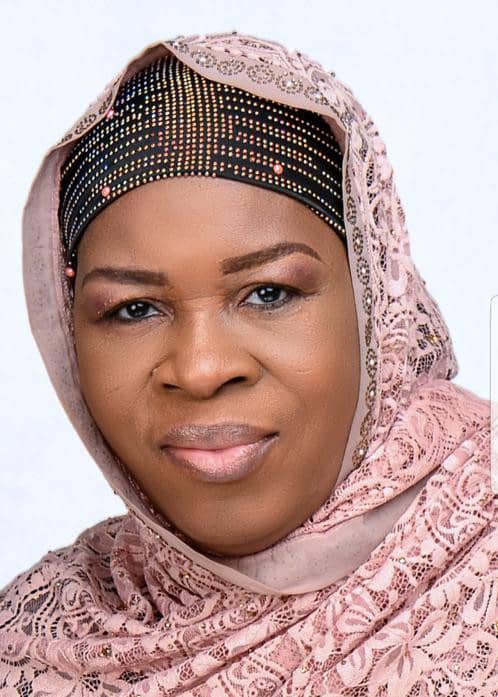WHETHER we accept it or not, all is not well with the engine room of Nigeria’s economy. The petroleum industry, like other parts of the public sector in Nigeria, remains shrouded in opacity and subject to meddling, contrary to established global protocols. From all indications, there are obvious contradictions in the inner workings between the Presidency and the managers of the nation’s cash cow, leaving a stunned nation in the dark. For ordinary Nigerians, it’s hard to accept that fuel subsidies have returned, even at the exorbitant official price of N617 per litre (before the new hike) that unfortunately was never available at that cost, making it appropriate to ask hard questions.
After months of long queues at filling stations without satisfactory explanations from the government, those in charge are beginning to speak out. Shortly after the Minister of State for Petroleum, Heineken Lokpobiri, spoke of a possible hike of the price of petrol to N1,000 per litre, the Nigerian National Petroleum Corporation (NNPC Ltd) finally acknowledged reports of over $6 billion in debt owed to petrol suppliers. It conceded that “this financial strain has placed considerable pressure on the company and poses a threat to the sustainability of fuel supply,” as stated by the organisation’s spokesman, Femi Soneye, in a statement titled “NNPC Ltd Faces Financial Strain Due to PMS Supply Costs, Impacting Supply Sustainability.” The accumulated debts were obviously part of the subsidies the government resorted to, in order to cushion the effect of the high cost of importing fuel.
We should recall that last month, NNPCL declared a profit in one breath and claimed it was not paying subsidies in another. “We have been importing PMS which has been landing at a specific cost, and the government tells us to sell it at half price. So, the difference between the landing price and that half price is a shortfall,” disclosed Umar Ajiya, the chief financial officer of the company. If subsidy removal is about market forces determining prices, why did the government tell NNPCL to sell at half the price? Who bears the cost of the balance? Your guess is as good as mine, despite the headline-grabbing claim that “NNPCL is not paying subsidies.” So, when the chickens came home to roost with the declaration of “financial strains due to PMS supply cost,” their doublespeak finally caught up with them. Just as I was concluding this piece, news broke of another petrol price hike to N850 per litre, which sells even higher at NNPC filling stations.
The reintroduction of subsidies not long after President Tinubu pronounced them “gone” on inauguration day was further corroborated by a recent Premium Times report. It validated that the government subsidises petrol at over N500 per litre: “In recent times, there have been revelations that the government had partly reintroduced petrol subsidies, unannounced, to keep the pump price at N617, given the continued fall in the value of the naira against the dollar and the price of crude oil in the international market.”
The report also compared the actual landing costs of fuel with subsidised costs. Three of the eight samples surveyed by Premium Times read: “In Lagos State, the indicative pump price was N1,067.24, while the actual pump price was N568 per litre, indicating that the government pays about N499.24 as subsidy; in Abuja, the indicative pump price was N1,105.04, while the actual pump price was N617 per litre, meaning that the government pays about N488.04 subsidy for Abuja residents; for Kano, the indicative pump price was N1,116.34 per litre, while the actual pump price was N620, indicating a subsidy payment of about N496.34.”
The above shows that although subsidies exist, they have only changed in name, some of them being called “under-recovery,” “shortfall,” or “PMS FX differential,” yet the modalities remain hazy. The NNPC also confirmed its inability to pay taxes and royalties because of the burden of subsidies. What more do we need to know that the government is hiding the realities surrounding fuel subsidy?
In addition, what other facts do we need than the assertion from another major industry player, the Independent Petroleum Marketers Association of Nigeria (IPMAN), confirming that the landing cost per litre of petrol has made it impossible for them to import? “Right now, the landing cost of PMS is over ₦1,200, without the margin of the marketers, transportation, and other logistics. NNPC sells to marketers at ₦565 or so. That means there is a subsidy of almost ₦600 to ₦700. Whether they (government officials) say there is subsidy or there is no subsidy, the fact on the ground clearly states that there is something they are under-recovering,” said IPMAN National Operations Controller, Zarama Mustapha.
Meanwhile, Nigeria’s “economic guardians,” the IMF and World Bank, also confirmed that subsidy payments will gulp almost half of Nigeria’s projected oil revenue this year. The implicit subsidy will cost Africa’s largest crude producer an estimated N8.43 trillion of its projected N17.7 trillion of oil revenue, as contained in their Accelerated Stabilisation and Advancement Plan (ASAP) presented to Mr Tinubu by the Minister of Finance and Coordinating Minister of the Economy, Wale Edun, in June. They concluded that fuel subsidies are projected to reach N5.4 trillion by the end of 2024, which will “compare unfavourably with N3.6 trillion in 2023.”


